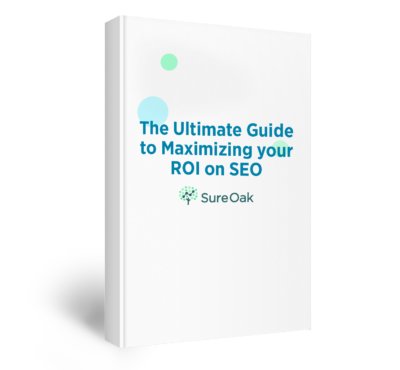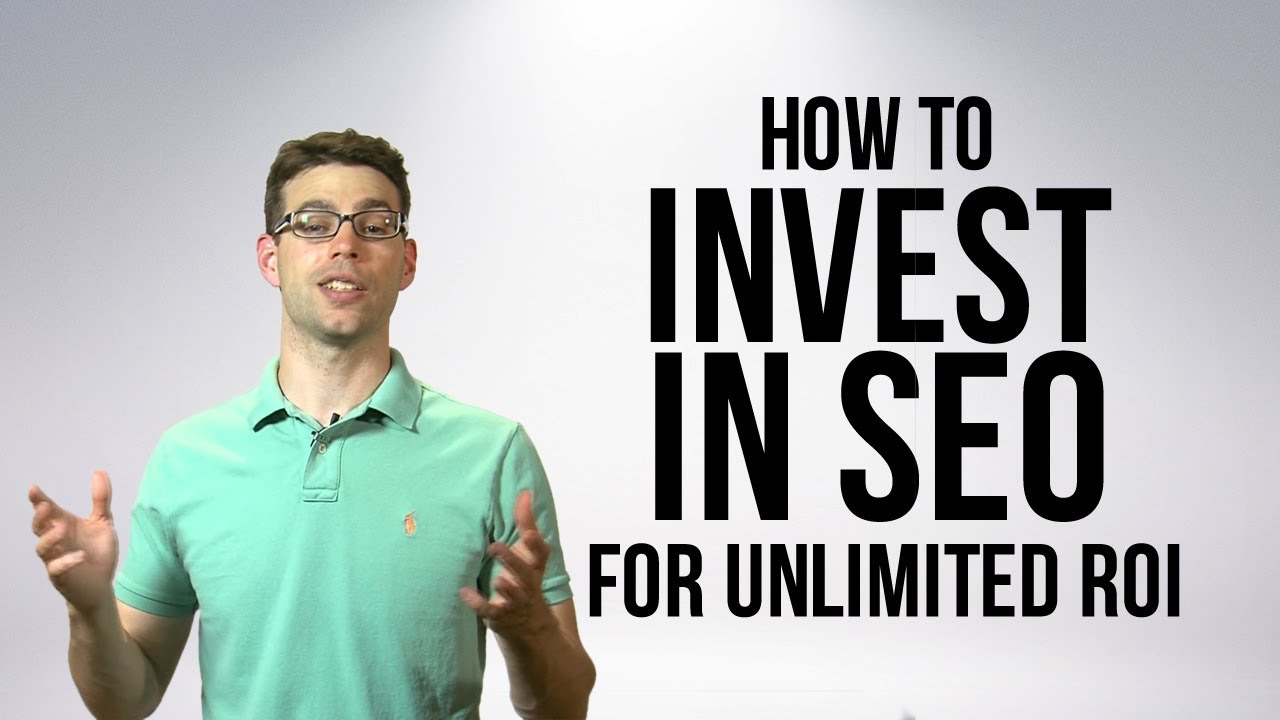Having a successful paid advertising campaign isn’t just a matter of paying some money and getting the website traffic and revenue you’re looking for. It involves data, analysis, and a good amount of trial and error. Don’t worry, though. We’ve got you covered. This week, we spoke with Lance Loveday of Closed Loop to get his tips on how (and how NOT) to do paid advertising — and the best time to start.
Ready to jump in?
Let’s get started.
When to Invest in Paid Ads
If you haven’t done paid advertising for your company before, it can be easy to feel as if you’ve “missed the boat” and have no way of catching up to (or even surpassing) your competitors. Luckily, it’s impossible to miss the boat. In fact, Lance says there’s no better time than the present to make changes and start investing in paid advertising.
One thing to keep in mind as you begin your investment, however, is that finding the sweet spot for your campaign can take time if you’ve never invested in PPC before. This is because you won’t have data from your previous efforts to determine what may or may not work.
To combat this difficulty, look to your competitors. What are they doing? Do they seem to be seeing success from their efforts? Yielding a high ROI is the name of the game, and it can take some time to get there. It requires ongoing analysis and optimization of your campaigns if you want to maximize the potential of PPC. For expert support, we can help with Sure Oak’s paid search management services.
The Point of Diminishing Returns
When you begin investing in paid advertising, there will come a point when spending more money doesn’t yield the same amount of ROI. This is called the point of diminishing returns. This point will differ for each company, as each will have a different level of ROI they are willing to accept in exchange for what they spend. And, obviously, not every company can afford to spend the same amount on their PPC efforts.
Before you begin any of your campaigns, you’ll need to determine the minimum ROI and lead or sales volume that you are willing to accept. You should also pay special attention to the data you’ve collected on your competitors’ successes and failures thus far. If you aren’t certain how to collect that data, that’s okay. There are many companies out there that are willing to do it for you, and those same companies can often manage the PPC process for you and help you continually optimize your campaigns for maximum value. It’s all a matter of whether you have the resources internally or if outsourcing is best for you.
Keep in mind, though, that no two companies are the same. Where one company succeeds, another may fail. Your paid advertising campaign should be just as unique as what your business offers.
Assumptions You Shouldn’t Make About Paid Advertising
Now that we’ve gone over the “do’s” of paid advertising, let’s get into the “don’ts.” In this week’s interview, Lance primarily focuses on false assumptions businesses and managers often make when they first get started with paid advertising.
The first assumption is that Google can be outsmarted to favor your ads over those of your competitors. Unfortunately (or fortunately, depending on which side of that assumption you’re on) Google cannot be manipulated or outsmarted. In fact, Google is constantly changing its algorithm to counteract such attempts. If you want to see the best results from your PPC campaigns, you’ll need to follow the rules.
In a similar vein, businesses new to paid advertising also tend to assume that the only successful campaign is one they have a large amount of control over. The truth, Lance says, is actually the opposite. For a campaign to see results, you need to be willing to give it time to flourish. That means taking a slightly more “hands-off” approach at the beginning and ignoring fluctuations to your data. Don’t let these fluctuations cause you to panic. They’re normal at the beginning of any new campaign. If you don’t ignore the fluctuations and instead make changes to your campaign according to every spike and dip, you’re likely to see a high rate of underperformance relative to your potential. Initially, let some data accumulate, THEN start optimizing.
KEY INSIGHTS
- The best-paid advertising campaigns are derived from an informed, data-driven point of view
- It’s more difficult to determine your company’s point of diminishing returns if you have no history of paid advertising. So be patient if you’re just starting out.
- Attempting to have a high level of control over your campaigns can lead to underperformance relative to your potential.
LANCE’S TAKEAWAYS
- Don’t let data fluctuations at the beginning of a paid advertising campaign cause you to panic. Relax and give your data time.
- Have a clear threshold for the level of ROI you’re willing to accept from your ads. That will help define your point of diminishing returns.
- Spending more doesn’t always make you more.
MORE FROM LANCE
Podcast: Play in new window | Download





